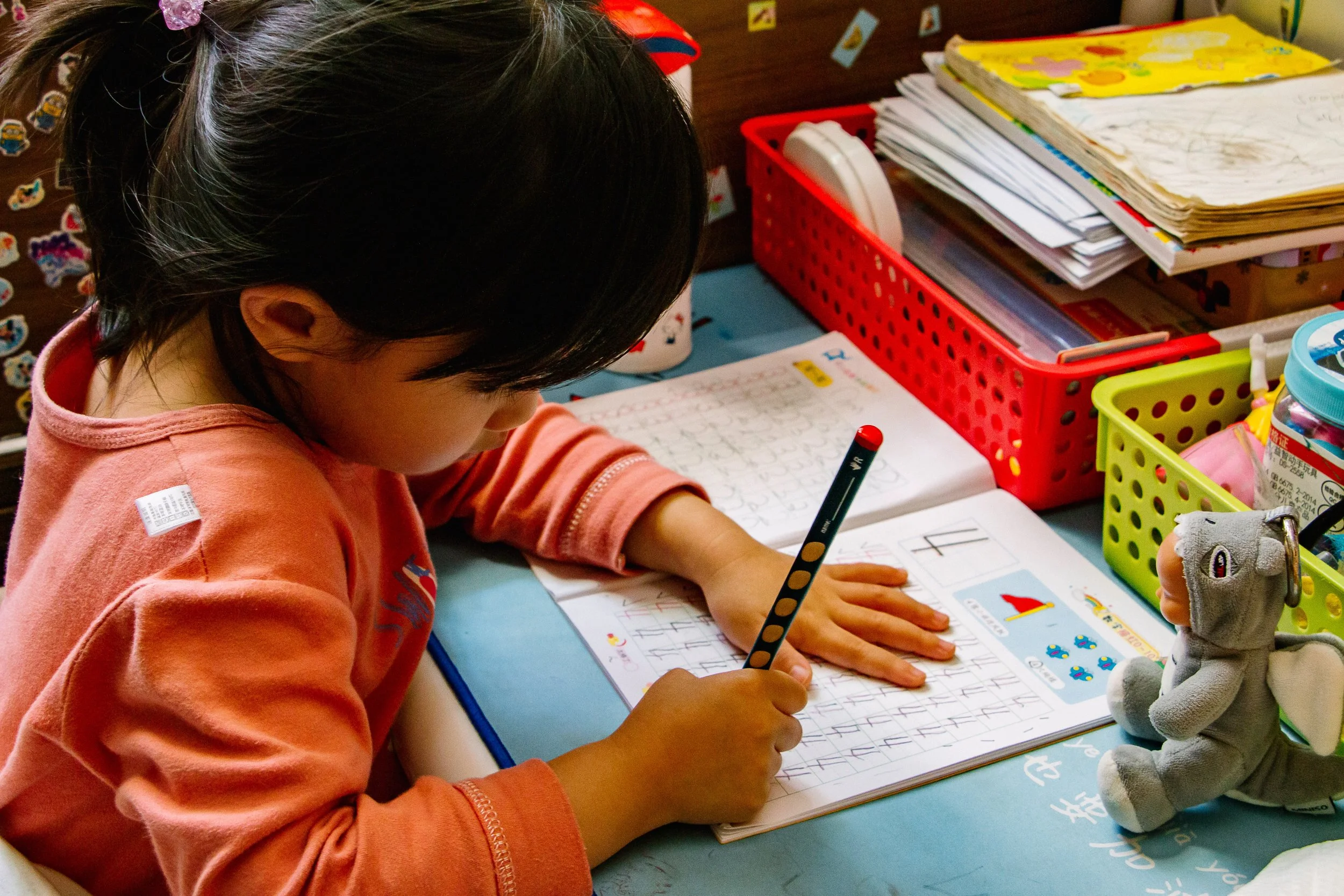Five tips for sending kids back to school
The long and not necessarily lazy days of summer break are coming to an end. While the start of the school year ushers in new beginnings that can be exciting, it can also be overwhelming for kids (and, let’s face it, parents, too). JFS KidSuccess Program Manager Lisa Ricon offers some of her best advice on preparing for the upcoming academic year and easing into a new routine.
Give children a space to talk about feelings around the summer ending and returning to school
Often when children anticipate a big stressor, like returning to school, their behavior might change. You may see more tearful moments, “clingy” behavior and irritability. If you see these show up in your child, notice them in a nurturing, non-judgmental way. You could say, “Hey I’m noticing more big feelings. I’m wondering if you want to talk about it?” If your child isn’t prone to talking, engage in creative activities like drawing or playing with themes around returning to school.
2. Listen with your ears and not your mouth. TALK LESS
Grown-ups tend to want to process with their child to get them ready for a stressful event, like returning to school. When giving your child space to talk, it is important not to jump to “problem solver mode.” Let your child take the lead. Reflect back on what your child is saying with something like, “I hear you are sad that summer is ending.” Ask yourself, “W*A*I*T”—Why am I talking—before you speak to ensure that your child gets time to verbalize their concerns.
3. Validate!
Recognize that big feelings, rough patches, or stressful times are a normal part of growing up and being human! Use their own words to validate their feelings “Yeah, going back to school can be hard.” Using a child’s words and validating their feelings normalizes the experience. Learning to tolerate big feelings is a developmental skill; validating is the first process and reminds your child that you are there to help.
4. Model stress and self-care
Children often take their emotional cues from the adults around them, including how to navigate stress. It’s important to model healthly stress management whenever possible. It’s okay to be not okay. Say things like, “I’m feeling overwhelmed right now. I need to take three cleansing breaths.” This approach lets children know that big feelings will pass and shows ways to manage them. The goal is not to alleviate the stress. The goal is to show them they can manage it.
5. Give children time to adjust
Once school is back and you have a routine with your child, give yourself and your child time to adapt. Allow for bumps in the road. Stress will ebb and flow. Give yourself and your child grace to struggle even when you think they are adjusted. Child development is not a linear path; there are small regressions. Celebrate the small changes and positive moments with your child!
Remember, you can influence your child’s days academically and beyond. Learn more today if you know someone who can benefit from JFS’s mental health services.

